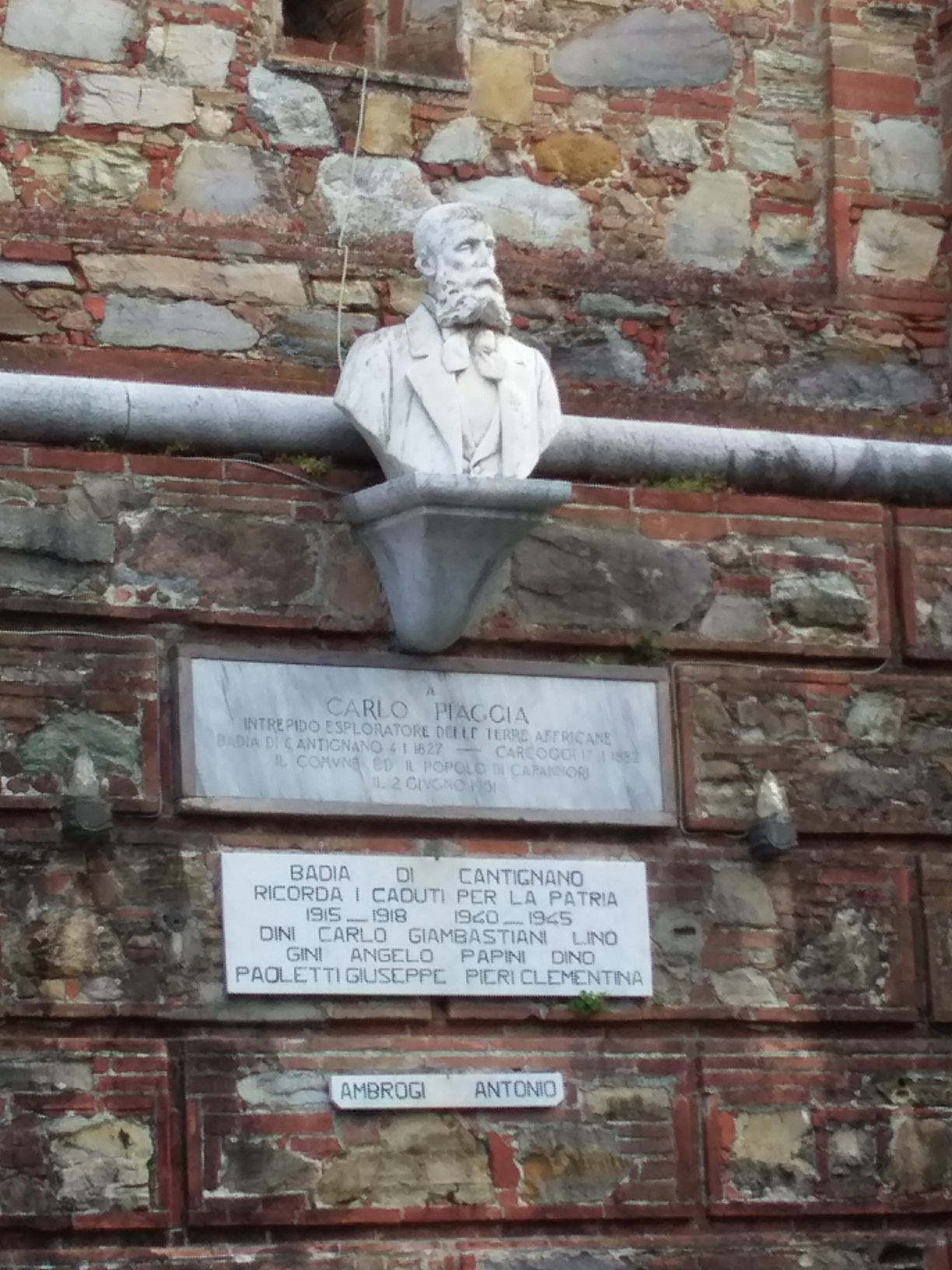Italian Tax Codes and Back Roads
There are many steps along the road to becoming Italian, or at least as Italian as “stranieri” (foreigners) can be. For me, one of the first “ah, now I really belong here” moments was when I received my codice fiscale, or tax code. That magic string of letters and numbers, uniquely mine, signified my existence here in Italy. Surely if one has a tax number he or she must be Italian, right?
The tax code is useful for longer term apartment rentals (technically required for rentals of more than 30 days, though not all landlords asked for mine). It’s an absolute necessity if signing an extended contract (one year or the more standard four-year contract) and for setting up bank and utility accounts. So, if planning a long stay in Italy, obtaining a codice fiscale is high on your to-do list.
One of the joys of wandering is finding views like this, as seen from Montecarlo.
There are two ways to obtain the codice fiscale. One is through the Italian consulate in your home country. The other is to apply for one during a stay in Italy, in the area where you plan to reside. In Lucca that means a trip to the nearby town of Guamo, about 15 minutes away by car. I recently went with my co-blogger to Guamo to apply for her codice fiscale. It was an easy process, taking about 30 minutes tops (we arrived right as the office opened to avoid a wait). Be prepared to speak in Italiano.
A monument on the campanile of the Badia (Monastery) di San Salvatore in Vorno
Because we were in and out of the office so quickly, we decided to spend the rest of the day wandering along back roads and ending up .... well .... wherever. Our first stop was in the small village of Vorno. This is a lovely place, full of stone walls, trellises, grape vines, and well-tended villas all set amid beautiful hills and views of distant mountains. We stopped for prima colazione (breakfast Italian style, cappuccino and a sweet) and then explored on foot, ending with a stop at the local church with its interesting campanile (bell tower) and historical monument. Carlo Piaggia, intrepid explorer (his bust is pictured above), sounds like my kind of guy!
The fortezza (fortress) in Montecarlo, Italy
Where to go next? Our trip through the back roads led us to the small town of Montecarlo, famous for wines and an ancient fortress.
Montecarlo, Italy
The town was quiet, tourist season still a few weeks away. The uncrowded streets were fun to wander and I was most intrigued by the many interesting doors and windows. Fun to imagine who has passed by them and what lies within.
Montecarlo
What a joy to have an unstructured day to wander the back roads in this part of Tuscany! -Post by JMB
Montecarlo






